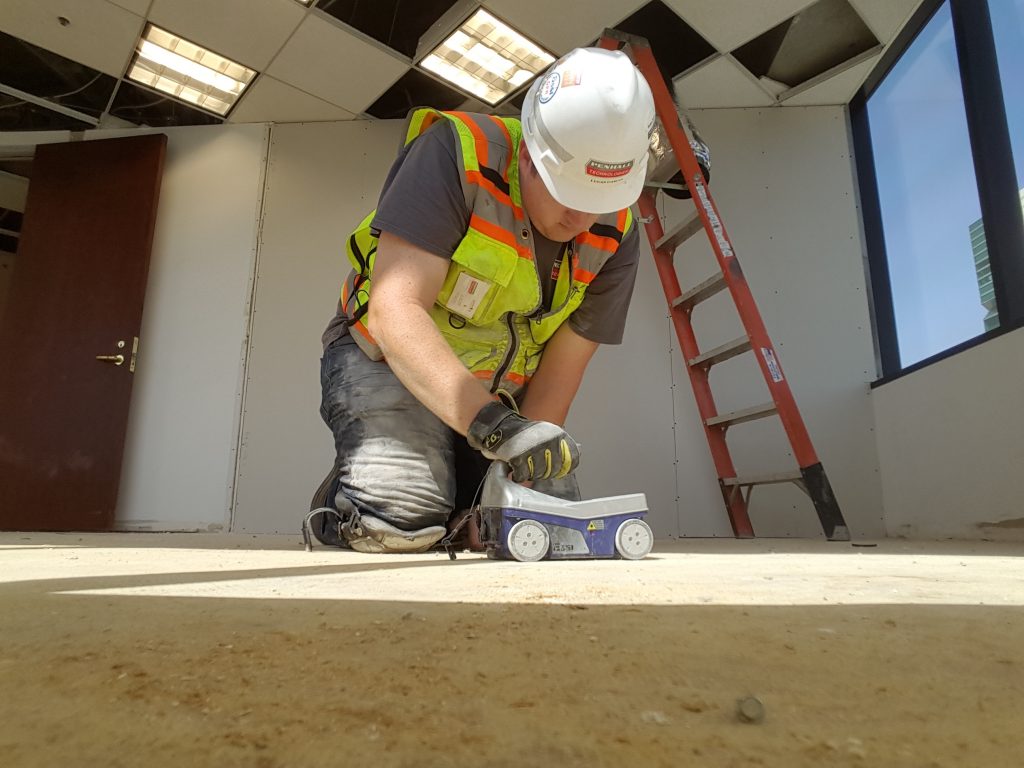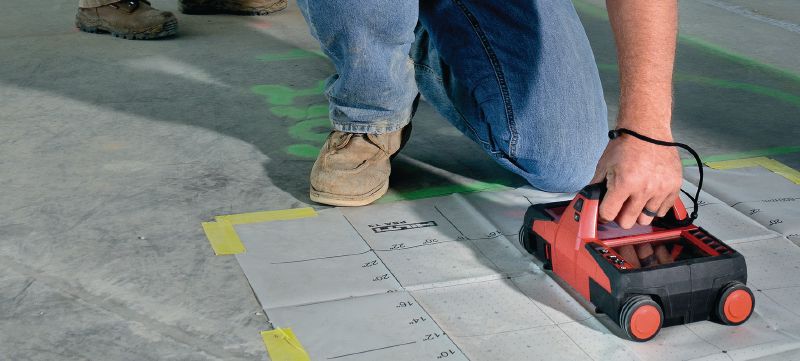RainierGPR Service Areas: Leading Concrete Scanning Solutions Throughout Regions
RainierGPR Service Areas: Leading Concrete Scanning Solutions Throughout Regions
Blog Article
Concrete Scanning: An Essential Step Towards Guaranteeing Architectural Integrity and Safety And Security
In the world of construction and framework upkeep, the relevance of concrete scanning can not be overemphasized. This meticulous process holds the crucial to revealing possible hazards hidden below the surface of seemingly strong structures. By employing innovative modern technology and methodologies, concrete scanning acts as a critical tool in making sure that the integrity and safety of structures and bridges are supported to the highest possible criteria. However, past its surface-level ramifications, the function of concrete scanning prolongs far much deeper than satisfies the eye.
Significance of Concrete Scanning
Concrete scanning plays a vital function in making sure the structural stability and safety and security of buildings and facilities projects. By using innovative innovations such as ground-penetrating radar (GPR) and electro-magnetic induction, specialists can non-destructively inspect concrete frameworks to detect prospective flaws, spaces, ingrained objects, and reinforcement design. This process makes it possible for early detection of anomalies that might jeopardize the security of a structure, avoiding pricey problems and guaranteeing the safety and security of owners.
Before exploration, reducing, or coring into concrete, scanning assists determine the accurate locations of rebar, post-tension wires, and other embedded components, reducing the danger of unintentional hits that could lead to architectural weaknesses. In addition, concrete scanning aids in quality control by verifying the density of concrete covers and discovering any discrepancies that may influence the general resilience of the structure.
Technology for Concrete Assessment

Benefits of Very Early Detection
Timely detection of structural issues can significantly alleviate threats and make sure the durability of building projects. By identifying potential problems at an early stage in the construction process, stakeholders can take positive steps to deal with problems before they escalate right into larger and more costly problems. One of the crucial benefits of very early detection is the prevention of structural failures, which can position major safety and security threats and lead to project hold-ups and economic losses.
Furthermore, very early discovery allows for prompt repairs and upkeep, which can aid prolong the lifespan of the structure. By addressing issues quickly, building and construction groups can avoid pricey repair work or also the demand for early replacement of architectural parts. This positive approach not just conserves money and time yet also boosts the general safety and durability of the building and construction job.
Furthermore, very early discovery can enhance project planning and decision-making by giving stakeholders with useful understandings into the condition of the framework. Armed with this info, project supervisors can make enlightened selections pertaining to building and construction timelines, materials, and techniques, bring about extra effective and effective project outcomes.
Making Sure Structural Security
Making sure the architectural security of a construction task is extremely important to its safety and longevity. Concrete scanning plays an essential duty in guaranteeing architectural stability by detecting possible problems such as voids, delamination, or reinforcement deterioration that might compromise the integrity of the framework over time.
By utilizing sophisticated scanning innovations like ground-penetrating radar (GPR) and electromagnetic induction, building and construction specialists can non-invasively examine concrete frameworks to recognize areas of worry below the surface area. This proactive approach enables the very early discovery of weak points or flaws, enabling prompt repair work or support to avoid architectural failings.
Normal concrete scanning throughout various construction stages and throughout the life process of a framework can help keep its security, mitigate risks, and ensure the safety of passengers. By prioritizing see this page structural security with concrete scanning, construction tasks can enhance their resilience and longevity, ultimately adding to higher safety and security and long life.
Stopping Essential Failures
Applying routine examinations, such as concrete scanning, can disclose surprise problems like gaps, fractures, or corrosion that can compromise the integrity of a framework. By using innovative scanning technologies like Ground Penetrating Radar (GPR) or Concrete X-ray, engineers can non-destructively evaluate the problem of concrete and identify weak points that call for support or repair.

Final Thought
Finally, concrete scanning plays a crucial function in making certain architectural integrity and security by using innovative modern technology for very early discovery of prospective problems. This positive technique helps protect against crucial failures and ensures the security of frameworks. It is necessary to focus on concrete assessment as a common method to secure the durability and security of buildings and framework.
Concrete scanning plays a vital function in guaranteeing the structural integrity and safety and security of buildings and framework jobs. Furthermore, concrete scanning aids in top quality control by confirming read what he said the thickness of concrete covers and identifying any type of discrepancies that may influence the general durability of the framework. Concrete scanning plays an important role in making certain structural security by discovering potential problems such as spaces, delamination, or reinforcement rust that can compromise the honesty of the framework over time.

In final thought, concrete scanning plays a critical duty in making certain structural honesty and safety by utilizing sophisticated technology for early discovery of prospective issues.
Report this page